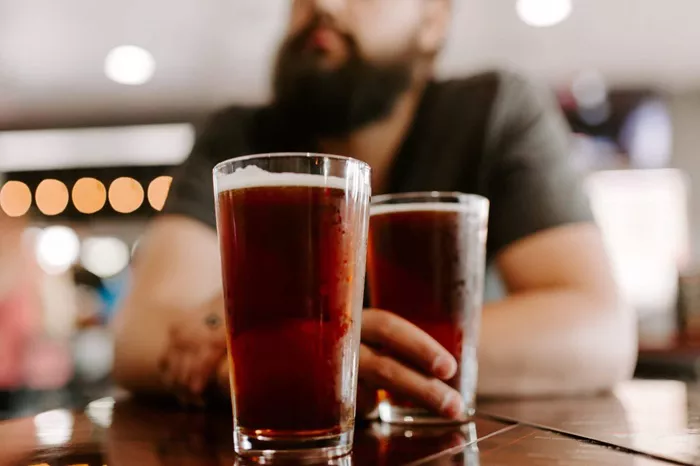Beer, a staple of social gatherings for centuries, is facing shifts in consumption patterns, particularly among younger drinkers who show decreasing interest. However, history suggests that beer’s popularity ebbs and flows, and brewers are adept at evolving to meet changing demands.
The evolution of beer has largely been influenced by regulatory changes and ingredient innovation. The deregulation of monopolistic laws in the U.S. during the 1980s and ’90s sparked a craft beer revolution, captivating consumers with new flavors and contributing to two decades of growth. While craft beer experienced a slowdown during the pandemic, its legacy continues, particularly through the introduction of innovative hop varieties.
Hops have driven the latest evolution in beer, with notable varieties like Citra and Mosaic capturing consumer attention. However, new hops like Strata are now emerging, offering distinct flavors that invigorate the craft beer scene. Strata’s unique characteristics, described as “danky” with hints of orange juice, provide a fresh alternative to established hop varieties. For instance, Barebottle’s Strata Dust IPA has garnered acclaim for its layered tropical fruit flavors while honoring traditional IPA profiles.
Industry professionals like Whitney Burnside of Grand Fir Brewing hail Strata as a “cornerstone hop,” praising its bright, sweet notes of pineapple and strawberry. This hop’s versatility allows it to shine in various brews, including Grand Fir’s flagship West Coast IPA, Lichen.
In the United Kingdom, DEYA Brewing has also embraced Strata, integrating it into their flagship pale ale, Steady Rolling Man. This seasonal release has resonated with consumers, demonstrating Strata’s potential to enhance established beer recipes.
As brewers continue to explore hop combinations, Garage Project in New Zealand showcases Strata alongside other varieties like Audacia and Luminosa in their Valley Series. This collaboration highlights the synergistic effects of combining hops to create deeper, more complex flavors.
The evolution of hops extends beyond IPAs; classic European lagers are also seeing modern adaptations. The newly released Lórien hop is designed to complement traditional lager styles while introducing citrus and floral notes, catering to a broader audience. Maplewood Brewery in Chicago has successfully transitioned their Pulaski Pils to include Lórien, preserving the beer’s floral essence while adding a refreshing twist.
Despite the challenges facing the beer industry, the fundamental human desire to connect over food and drink remains steadfast. Craft breweries continue to thrive as “third places” for community engagement, armed with an ever-expanding array of hop flavors that appeal to both seasoned enthusiasts and newcomers alike. As the beer landscape evolves, it is clear that the creativity and skill of craft brewers will play a pivotal role in its future.
You Might Be Interested In:


